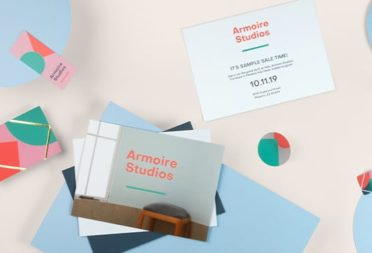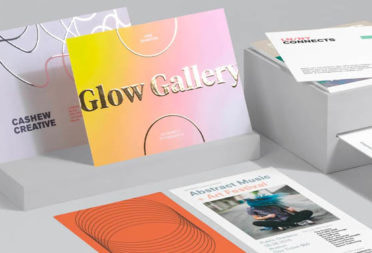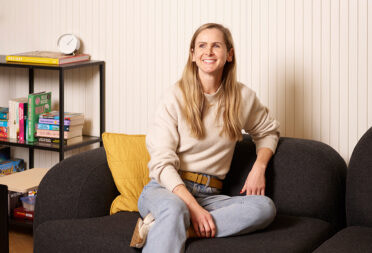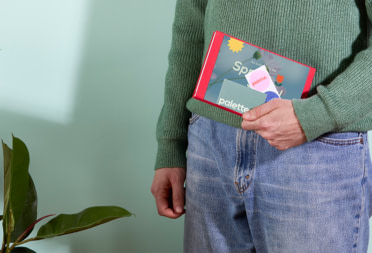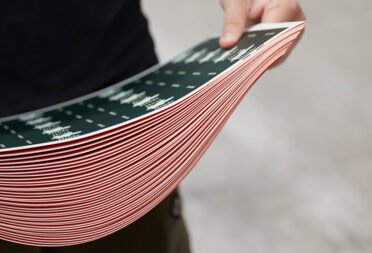Inside the paper life cycle
Mad fact: recycled paper has *almost* as many lives as cats. Read all about it!

Our brand-spanking new MOO Eco paper has just landed and we couldn’t be more thrilled! Made from 100% post-consumer waste, Eco is also fully recyclable. It’s all part of our mission to bring brands to life in a sustainable way.
One of the exciting things about Eco is that it’s had several lives before arriving at MOO HQ. Amazingly, recycled paper can be reused 5-7 times. The Environmental Protection Agency estimates that recycling one ton of paper saves 17 trees, 7,000 gallons of water and 463 gallons of oil.
Ever wondered how paper is made? Come with us on a behind-the-scenes journey to find out more about the paper life cycle – from forest to finished product and beyond.
The beginning: Logs are harvested and turned into pulp
The story of paper begins out in the wilds of the timber forest. Trees like pine, spruce, and fir are carefully nurtured and selected for paper production. Many timber forests are sustainably managed to preserve and protect them for years to come.
The harvested logs are sent off to the pulp mill, where their bark is removed, and they’re cut down into small chips. Then, they’re either mechanically or chemically processed into pulp and cleaned of any impurities like bark or dirt.

The magic middle: Pulp is turned into paper
The Fourdrinier machine (aka the paper-making machine) passes the diluted pulp onto a wire mesh screen where the fibers blend together. The water is drained away, leaving behind one continuous sheet of wet paper. (Imagine a long conveyor belt of paper.)
The wet paper sheets pass through rollers to squeeze out excess water, and they’re dried using heated steam rollers. Sheets are rolled up on large reels, ready for their final makeover.

The ending: Paper is ‘finished’ and cut to size
How the paper is finished depends on what it will be used for. Metal rollers called calendars give paper its smooth texture and can give particular finishes like glossy, matte or satin.
The paper is coated with a mixture of pigments to improve its printing qualities or appearance. An embossing machine gives the paper any special finishes.
Finally, it’s cut to size, ready to be shipped out to the MOO factory, where it’s transformed into gorgeous branded goodies and premium print.

The afterlife: Recycling paper
The great thing about our Eco paper is that it’s had several lives before it gets to you. It’s made from recycled materials like disposable restaurant menus, old printer paper and your favorite magazines. So this stage is really important in Eco’s paper life cycle.
After you’ve recycled your used paper, it’s taken to the recycling center and sorted into different categories depending on its quality. Then at the paper mill, it’s shredded into small pieces and heated to break down the fibres. It passes through a screen to remove any glue or impurities and is cleaned on a cone-shaped cylinder.

Finally, the recycled paper is shipped off to MOO HQ, where we turn it into gorgeously sustainable print for your brand. And the paper life cycle begins all over again!
Our new Eco paper is something to shout about
When it comes to sustainability many brands compromise on either quality or price. But with MOO’s Eco paper, you get a sustainable, premium product at an excellent price point. It’s available in four sizes and two paper stock weights for either lightweight Flyers or sturdy Postcards. Plus, with bulk-print ordering, you can make the most impact for your brand without it costing the earth.

Want to try it for yourself?
Eco is available from our exclusive catalog with a MOO Business plan. To find the right MOO Business plan for you, simply fill out the form below and we’ll be in touch.
Keep in touch
Get design inspiration, business tips and special offers straight to your inbox with our MOOsletter, out every two weeks.
